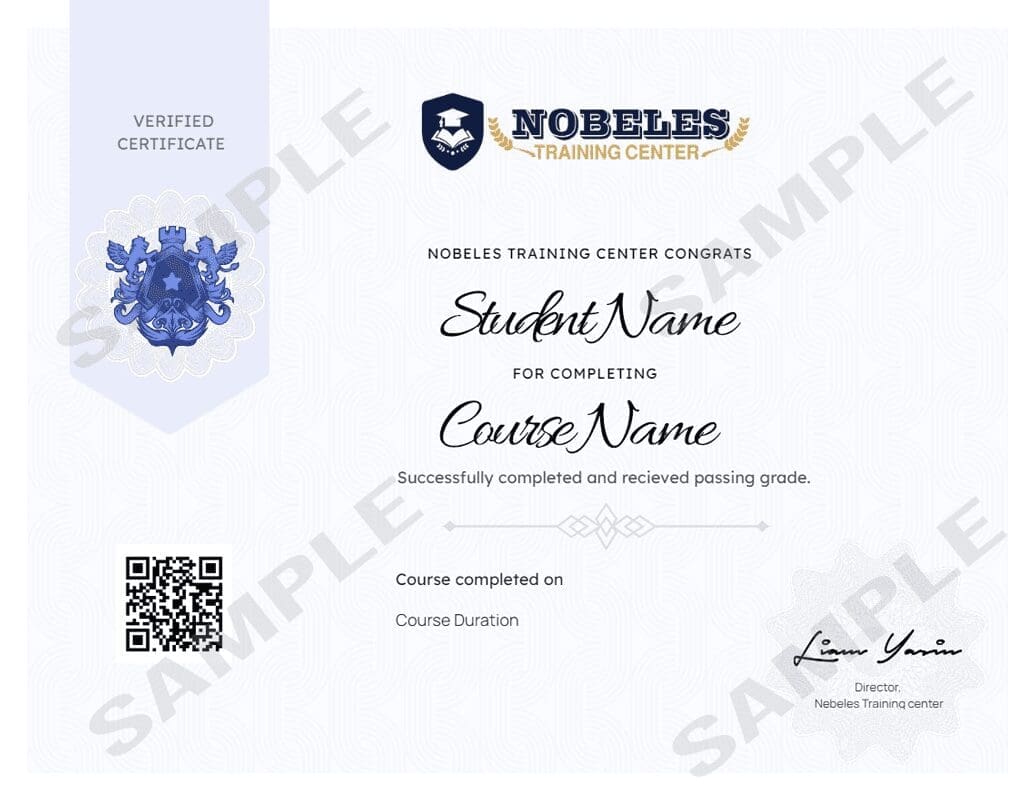Description
Curriculum
Instructor
Virtual teams are growing in popularity since many companies continue to grow and expand in different areas. But sometimes learning to manage a team that we can’t physically see every day can be difficult. When we learn how to manage our local teams, as well as our virtual teams, we can form a group that works together to increase productivity and provides a new perspective on any project.
Please enter your name and email to view the content:
Curriculum
- 11 Sections
- 11 Lessons
- 10 Hours
Expand all sectionsCollapse all sections
- Setting Up Your Virtual Team (I)Setting up your virtual team involves defining clear roles, leveraging technology for communication, establishing guidelines, and fostering a collaborative culture to ensure effective collaboration and productivity across remote locations.1
- Setting Up Your Virtual Team (II)Setting up your virtual team requires selecting the right tools for collaboration, creating a structured onboarding process, encouraging regular check-ins, and promoting open communication to enhance engagement and team cohesion.1
- Virtual Team MeetingsVirtual team meetings should have a clear agenda, set objectives, and encourage participation. Utilizing video conferencing tools fosters connection, while regular follow-ups ensure accountability and keep everyone aligned on goals.1
- Communication (I)Effective communication in virtual teams involves using various channels for clarity, encouraging open dialogue, and providing regular updates. This fosters trust, engagement, and collaboration, ensuring everyone stays aligned and informed.1
- Communication (II)Communication (II) focuses on active listening, clear messaging, and timely feedback in virtual environments. Establishing norms for responsiveness and utilizing collaborative tools enhance understanding, reduce misunderstandings, and strengthen team dynamics.1
- Building TrustBuilding trust in virtual teams involves transparency, reliability, and open communication. Encouraging team members to share their thoughts and challenges fosters a supportive environment, enhancing collaboration and strengthening relationships among colleagues.1
- Cultural IssuesCultural issues in virtual teams can arise from differing values, communication styles, and work practices. Awareness and sensitivity to these differences promote inclusivity, enhance collaboration, and foster a respectful, cohesive team environment.1
- To Succeed With a Virtual TeamTo succeed with a virtual team, establish clear goals, utilize effective communication tools, promote collaboration, and foster a strong team culture. Regular check-ins and feedback help maintain engagement and accountability.1
- Dealing With Poor Team PlayersDealing with poor team players requires open communication to identify issues, setting clear expectations, and providing constructive feedback. Encouraging accountability and offering support can help improve performance and foster a collaborative environment.1
- Choosing the Right ToolsChoosing the right tools for virtual teams involves assessing collaboration needs, ensuring compatibility with workflows, and prioritizing user-friendly options. Selecting effective communication, project management, and file-sharing tools enhances productivity and engagement.1
- Post-TestPost-Test1
Nobles Center

5 Students146 Courses
Review
$225.00
194 students
11 lessons
Language: English
0 quiz
Assessments: Yes
Skill level All levels
Nobles Certificate
At the end of the course, you can download a copy of your certified certificate.
Nobeles Academy
Mobile Application
Download the Nobeles center mobile app from the app app store, click the button below
Courses you might be interested in
Working in a home office requires a unique set of skills. Teleworkers or virtual employees have additional challenges created by not being in a centralized office. Communication issues alone make...
-
1 Lesson
$175.00
Having the technical skills and knowledge to successfully execute your job duties is only one part of being the best you can be in the workplace. In addition to these...
-
0 Lessons
$225.00
The cloud has become a vital component for business as technology becomes embedded in modern life. Every leader needs to understand the cloud and how it operates, as well as...
-
0 Lessons
$195.00
Phone skills are a highly valuable tool to have in an employee’s skill-set, and Call Center Training will help provide those skills. This course will help = improve phone skills...
-
0 Lessons
$275.00






